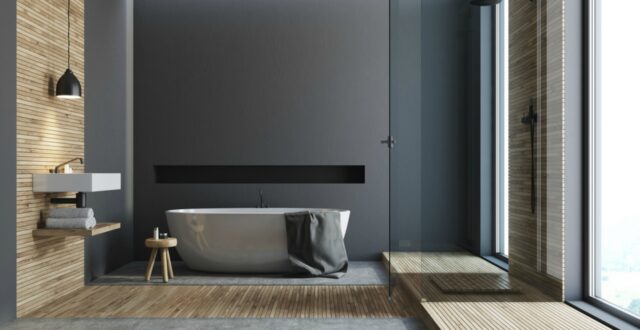3 Guidelines to Finding Your Dream Freestanding Baths in Australia

Australia is a major country with a capitalistic society. Australia had the 13th largest GDP growth last year. With its rich economy, it is no wonder that people can afford the things they want.
Freestanding baths are a mark of luxury and refinement. They are unquestionably a significant investment that demands careful planning and deliberation.
This information will help you make the best decision for your dream freestanding baths in Australia.
The appropriate size
Most of Australia’s four seasons, with a rainy and dry season in the north. The summer season lasts from December to March, with an average temperature of 29°C. It is tempting to soak yourself in your bathtub and enjoy the cold water with this temperature.
So, when choosing freestanding baths, determining your size is crucial since they occupy and demand a great deal of space. Leave a few spaces from the basin to the wall on all sides for the finest features and function.
Tip: Bathtubs are available in different shapes and sizes. If you frequently take baths and would like a tub where you can truly relax, make sure to choose one that suits your body. Before you buy a tub, go ahead and try it out in the showroom by stepping in and laying down.
The right style
Freestanding bathtubs are available in a wide range of contemporary and traditional styles. You must consider both beauty and functionality while choosing a tub style.
Your buying options will be influenced by how often you expect to use your freestanding bathtub and the aesthetic impression you want to make with it.
Compared to the much more layout built-in tub, freestanding baths in Australia are praised for their large range of options. In addition, you’ll be able to select one that matches your bathroom makeover since they appear in so many distinct styles.
The perfect material
Since Australia is a large country that measures 7,692 million km, it is important to know where you can find reputable bathroom factories that manufacture tubs for your convenience.
When purchasing a standalone tub, weight is an important factor to consider. Based on the material, freestanding baths can be pretty heavy. In addition, particular floors may be unable to support the weight of large freestanding baths and may require reinforcement.
As a result, big tubs may be suitable for an old house in Australia with a poor structural base with bathrooms on the upper level. Instead, make sure your bathroom is ready for freestanding baths by consulting an engineer or a plumber or choosing a lightweight material.
Fibreglass, acrylic, stainless steel, cast iron, stone, and copper are just a few of the materials available for freestanding baths. Each material mentioned has its own set of benefits and drawbacks. Cast iron, acrylic, and stone resin are the most frequent materials for freestanding tubs.
Some people associate their freestanding baths with a shower that requires more upfront preparation. After you’ve fitted your shower, you’ll have to hang a shower curtain.
Even if there’s no shower, you can put a shower curtain for heat retention, aesthetic reason, or privacy.
Although the feared shower curtain conjures up a slew of negative images with the appropriate design and materials, you may use it to complement rather than detract from the look of your standalone tub.






